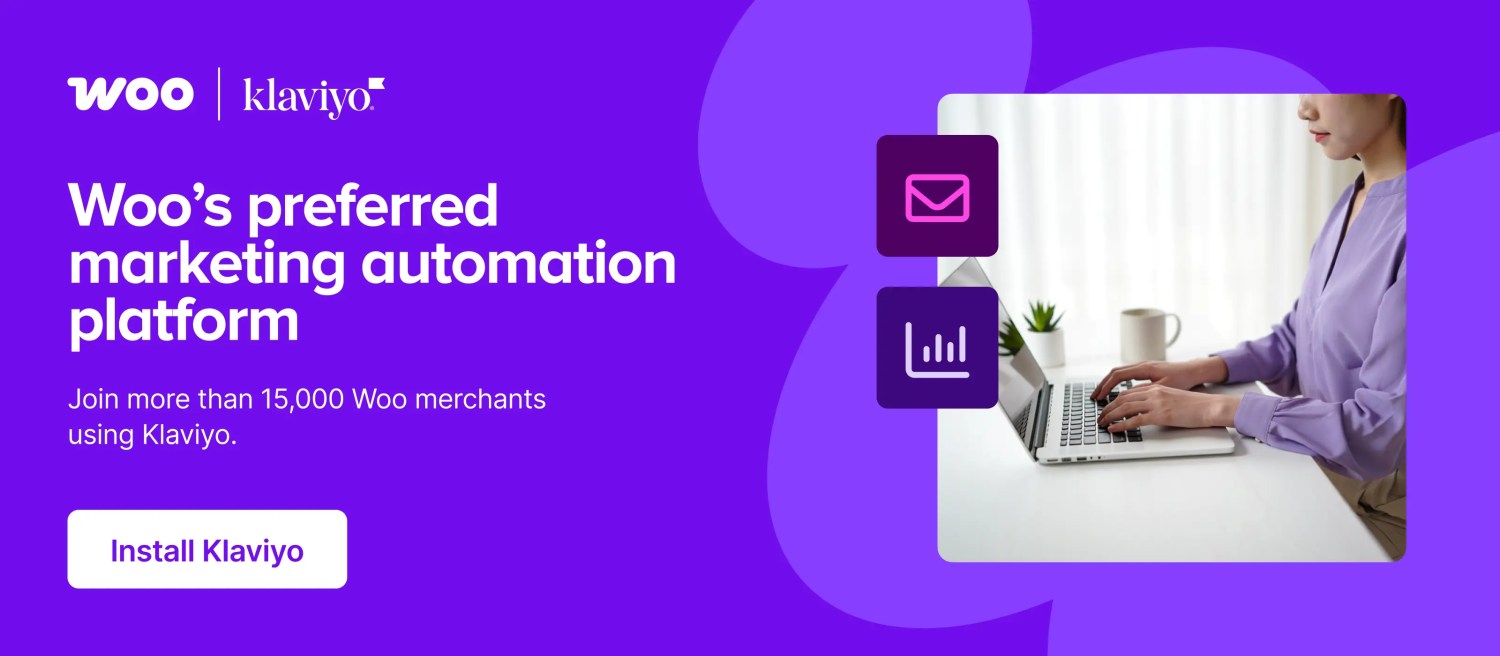We all know that customer data is like gold — with one exception: you can’t mine it, you have to earn it. Surprisingly, very few brands truly understand data, and even fewer know how to harness its full potential.
During the pandemic, we saw a momentous surge in online sales. What usually would’ve taken years to achieve in normal, non-globally challenging circumstances, occurred within months. Brands suddenly had a wealth of access to more customer data than ever before — collated from new buyers, touchpoints, and transactions.
However, these brands lacked the systems, models, and strategies to put their data to work, which made it difficult to garner valuable insights that could shape better personalization, intelligent targeting, and superior customer experiences.
Today, businesses have started to catch up, but many still grapple with changing regulations and consumer behaviors.
The era of third-party data depletion
↑ Voltar Para o TopoBusinesses must consider how much strain has been placed on the acquisition of third-party data to hinder its use and availability. In 2020, much stricter privacy laws were enforced to crack down on how companies collect and use peoples’ data.
This especially impacted advertisers because they were hugely reliant on tracking consumers with third-party cookies. The shift toward a privacy-first internet has gained momentum.
GDPR may have kickstarted the conversation, but moves like Google’s phased removal of third-party cookies and the rise of user choice in browser settings have made it clear: data ownership now sits with the consumer.
In 2024, Google introduced enhanced cookie transparency tools, requiring users to opt in before being tracked across websites. At the same time, privacy-first browsers and ad blockers have become the default, further eroding how much third-party data is available to brands.
For ecommerce marketers, this presents a challenge. A 2023 Adobe study found that 75% of marketers were still reliant on third-party cookies, underscoring just how dependent many are on external data for targeting, segmentation, and attribution.
Another caveat to consider is the messiness and risk involved with third-party data. Since it comes from outside brokers who buy and repackage the data from varying sources, there’s a risk of it being low quality: the data could be outdated, inaccurate, or irrelevant to the brands’ customers.
Or, it could be high risk, which could breach privacy expectations or regulations if misused. And let’s face it, most of us value privacy and would prefer not to have our personal information passed around without our consent. So, it’s no surprise that 38% of British shoppers now reject third-party cookies because consumers are becoming more distrustful of their implementation.
As more big tech companies like Google, Apple, and Meta tighten the leash on data access, it becomes harder for businesses to collect, sell, or share third-party data as freely as they used to.
Building compliant data acquisition into your ecommerce strategy
↑ Voltar Para o TopoIt isn’t all doom and gloom, however. The decline of third-party cookies doesn’t signal the end of personalized commerce, but rather a shift towards something better.
Zero-party data has been hailed the new golden ticket for digital marketeers seeking the fuel they need to personalize content, tailor messaging, and create premium customer experiences. But to truly grasp its potential, we need to understand the difference between zero-party and first-party data.
What is zero-party data?
Zero-party data is information that is actively and intentionally shared by customers through interactions like quizzes or polls.
What is first-party data?
First-party data is information that is passively collected through customer interactions with a brand’s touchpoints and channels, such as product views and purchase history.
Using both gives ecommerce brands a competitive edge, reliably revealing your customers’ preferences, interests, and habits in a way that’s fully compliant. And the pay off? Shoppers notice: with 73% of customers expecting personalized experiences, 41% are more likely to buy from brands that deliver them.
Plus, according to Seraj Bharwani, Chief Strategy Officer at AcuityAds:
“There is no question that first-party data would be highly advantageous for targeting and measurement in the absence of third-party cookies. Unfortunately, most brands don’t have legitimate reasons to frequently interact with their potential customers unless they create new content, solutions, and services that consumers would value in exchange for first-party data.”
If third-party cookies disappear — which is possible — brands who already collect first-party data directly from their customers have a huge advantage. However, like Bharwani says, most brands don’t naturally interact with their customers often enough to collect this data.
Companies must earn it by creating valuable trade-offs, like helpful content or services, so customers feel willing to exchange their data. Here are a few examples of engagement points used to collect zero- and first-party data:
- Website polls, quizzes, and questionnaires.
- Newsletters with tips and discounts.
- Account sign-up in exchange for rewards.
- Topical content related to your product categories.
- Product recommendation tools and chatbots.
- Marketing, website, and app analytics.
Three best practices for data-driven marketing
↑ Voltar Para o TopoThere are many ways to adapt to the new normal of data collection and insight. Here are three best practices to help you make the most of your ecommerce data.
1. Power smarter personalization with first-party data
There is a real opportunity for ecommerce businesses to create more effective personalization. They can do this by collecting relevant first-party data.
In a time when not all data is equal (and, more importantly, when not all data is helpful), the key to thriving in a post-cookie world is focusing on data that is:
- Meaningful: Brands should try to gather insights that let them create relevant, value-adding experiences.
- Transparent: Businesses should be up-front with customers, telling them what they’re collecting and why. After all, trust is currency.
- Consent-driven: We should be collecting only the data we need to enhance customers’ experiences, and give the customer control to share what they are comfortable with.
- Relevant: Prioritize quality over quantity. Personalized messaging beats broad-strokes every time.
2. Ensure data consistency across your ecommerce tech stack
If third-party cookies once ruled the roost, today’s most valuable data lives in the systems you actually control. That includes your store, CRM, email, and SMS platforms, all of which can be activated to deliver personalization at scale, without tracking users across the wider web.
Shifting focus to first-party data also means doubling down on your owned channels: the platforms and touchpoints where you have direct, consented access to your audience. For ecommerce businesses, this opens up fresh opportunities to collect meaningful insights, strengthen relationships, and deliver personalized experiences.
Here are a few key areas to focus on:
Encourage account creation and login
Prompting customers to create an account (rather than checking out as a guest) gives you access to richer data. The key is to ask for just enough information to deliver a personalized experience, without overloading users with unnecessary fields. A streamlined signup process, coupled with clear value (like saved preferences, order history, or faster checkout), can turn casual visitors into long-term customers.
Go back to basics, and just ask
Sometimes the simplest way to understand your customers is to ask them directly. Short surveys, post-purchase feedback, and on-site quizzes can be powerful tools for gathering zero-party data.
Establish a loyalty program with real value
Loyalty programs are a powerful source of behavioural and preferential insight. When customers engage with rewards, refer friends, or choose personalized offers, they’re telling you what matters to them.
Served through multiple owned channels (including email, SMS, and in-account experiences), loyalty programs can help you build a deeper connection while continuously refining your customer segments.
3. Use AI to fill in the blanks
Even with the strongest first-party data strategy in the world, some gaps are inevitably going to remain. This is where AI can really pick up the slack. Today’s predictive AI tools allow businesses to model and anticipate customer behaviour without needing to track users across the open web.
Predictive AI helps bridge that gap by analyzing the data you already have (such as past purchases, browsing habits, and engagement patterns) and using it to forecast likely future actions. This can include things like suggesting the next best product, or identifying when a customer might be ready to buy again.
Predictive AI really comes into its own, however, when fed with rich, permission-based data. By combining zero-party insights (for example, intentionally shared preferences and feedback) with first-party behavior (like clicks, opens, and purchase history), AI tools can generate content and recommendations that feel deeply relevant to each individual.
This approach allows you to maintain high levels of personalization while keeping data usage transparent, respectful, and consent-driven.
Prioritizing email and SMS for personalization
↑ Voltar Para o TopoWith decreasing third-party data and the increasing value of zero- and first-party data, ecommerce businesses are left at a crossroads.
The top-performing brands, however, will be the ones that can adapt, finding new ways to capture zero- and first-party data, translate this to segmentation, and create personalized content that is both timely and relevant for their customers.
Email and SMS represent two of the most effective channels for ecommerce marketing. With the right third-party systems, you fully can realize the value of data in a post-cookie world and continue to drive growth.
With both channels, customers have consented to hear from you, and personalization can result in big gains:
- Personalized email can achieve CTR as high as 41%, with personalized elements being attributed to increased conversion rates of up to 60%.
- SMS campaigns typically hit a click-through rate of 19 to 36%.
Brands like Smile Brilliant are already capitalizing on zero- and first-party data in their marketing strategies, driving impressive results: the team used their data to boost customer loyalty, achieving a 36% repeat purchase rate through powerful email and SMS marketing.
Build your ecommerce data strategy with Klaviyo for WooCommerce
↑ Voltar Para o TopoThe Klaviyo Data Platform (KDP) is built right into Klaviyo’s B2C CRM, unifying all of your customer data and making it instantly actionable across marketing, customer service, and analytics.
With a seamless set up, you can enable 350+ integrations that pull zero-party data or first-party data from all of your touchpoints: your store, your app, or even a cheeky poll, collected into one central hub.
Plus, because security and compliance are built-in (ISO 27001 certified and SOS Type 2 audited) you can keep your customer data safe and meet CCPA and GDPR guidelines without breaking a sweat.
Ready to supercharge your data game?
↑ Voltar Para o TopoThe new generation of data collection is versatile, personalized, and secure. With Klaviyo and WooCommerce, you can turn zero-party and first-party insights into experiences that your customers will love to drive results.
Step into the future of data with Klaviyo.
About







Merci beaucoup
You’re welcome! Thanks for reading!